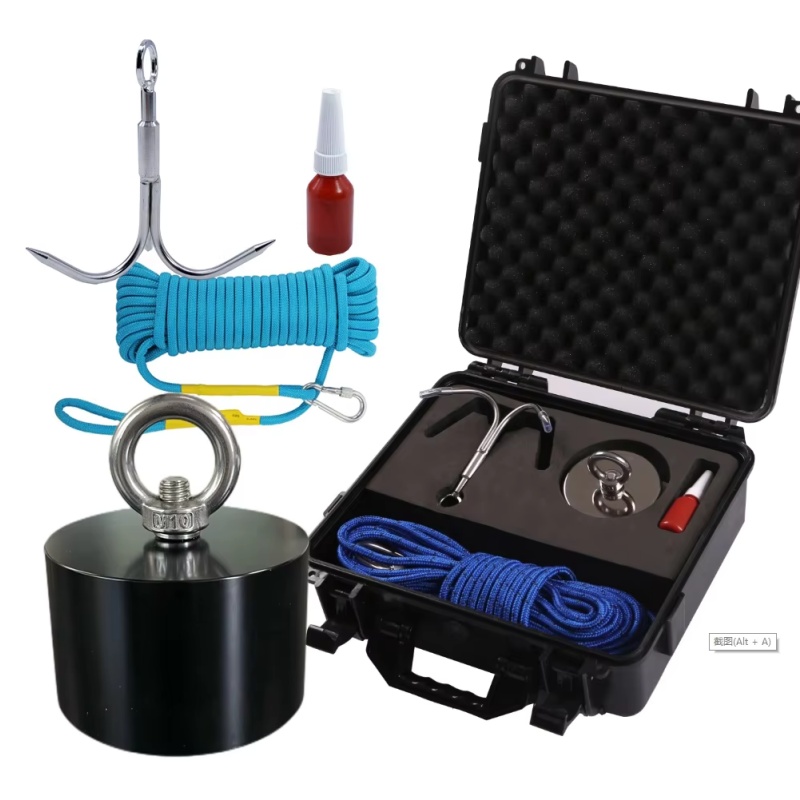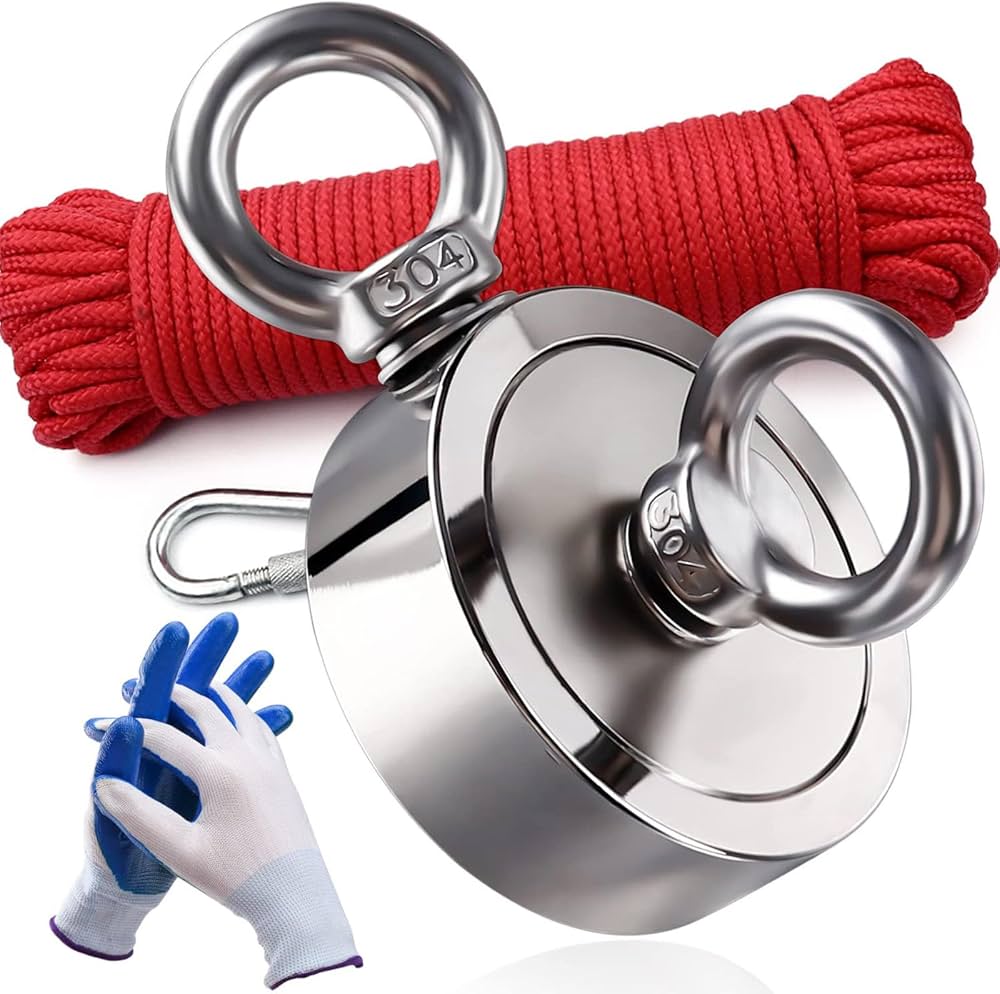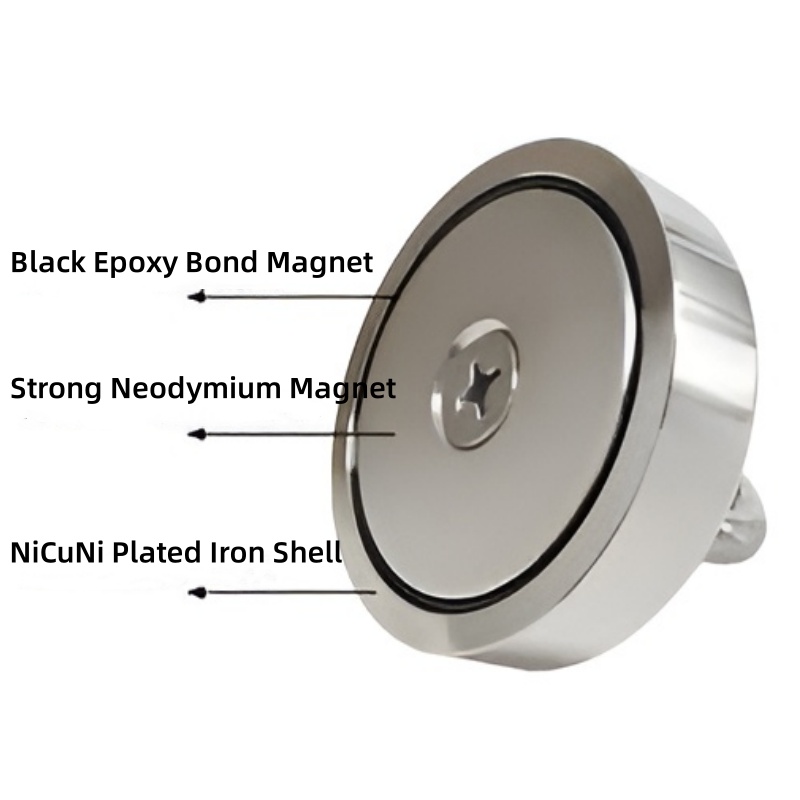 Hefei Super Electronics Co., Ltd.
Hefei Super Electronics Co., Ltd.
What Are You Looking For?
Neodymium magnets have revolutionized fishing magnets due to their extraordinary pulling force. However, what many hobbyists and even professionals may overlook is that these magnets—despite their strength—have critical vulnerabilities when exposed to outdoor environments. Heat, impact, and moisture can all significantly degrade a neodymium magnet’s performance, and in some cases, render it completely unusable.

Most neodymium magnets are rated for working temperatures up to 80°C (176°F). Exceeding this temperature, even briefly, can lead to irreversible loss of magnetism. This is a particularly pressing issue during summer magnet fishing trips, especially in shallow, sunlit waters or when magnets are left in hot vehicles or boats for extended periods. High-grade magnets like N52 may offer strong pulling force but often have lower thermal resistance, making them more susceptible to heat damage.
Pro tip: For high-temperature environments, consider magnets with high-temp ratings (e.g., N35SH or N42SH) or those with specialized heat-resistant coatings.

Neodymium magnets are incredibly hard but also brittle. During magnet fishing, they can strike hard objects underwater—such as steel beams, shipwrecks, or large metal debris. These collisions can lead to chipping or cracking, which not only reduces performance but can also create sharp fragments, posing a safety hazard.
Solution: Use magnets with protective rubber coatings or encased in a steel shell (pot magnets) to absorb shocks. Avoid aggressive throwing or high-impact retrievals when possible.

Neodymium magnets are prone to corrosion, especially when submerged repeatedly in water—saltwater being the most damaging. Without proper surface protection, the magnet's structure will degrade, leading to weakened pull force and eventual failure.
Best practice: Always choose magnets with at least triple-layer electroplating (Ni-Cu-Ni) or epoxy coatings. After each use, rinse the magnet with clean water, dry it thoroughly, and store it in a dry environment.
In addition to environmental risks, improper size selection, overestimating required pulling strength, and using incompatible ropes or mounting hardware can all contribute to poor magnet fishing outcomes. Not every strong magnet is ideal for every situation—sometimes, smaller or double-sided magnets may offer better performance for the task at hand.
While neodymium magnets are powerful magnet fishing tools, they are not indestructible. Heat, impact, and moisture are the “silent enemies” that can quickly diminish your magnet’s effectiveness if not properly accounted for. Understanding these risks and choosing magnets with the right specifications and protection will not only improve your results but also extend the lifespan of your equipment.
In short: respect the magnet, respect the environment, and your magnet fishing experience will be far more rewarding.
Hi! Click one of our members below to chat on